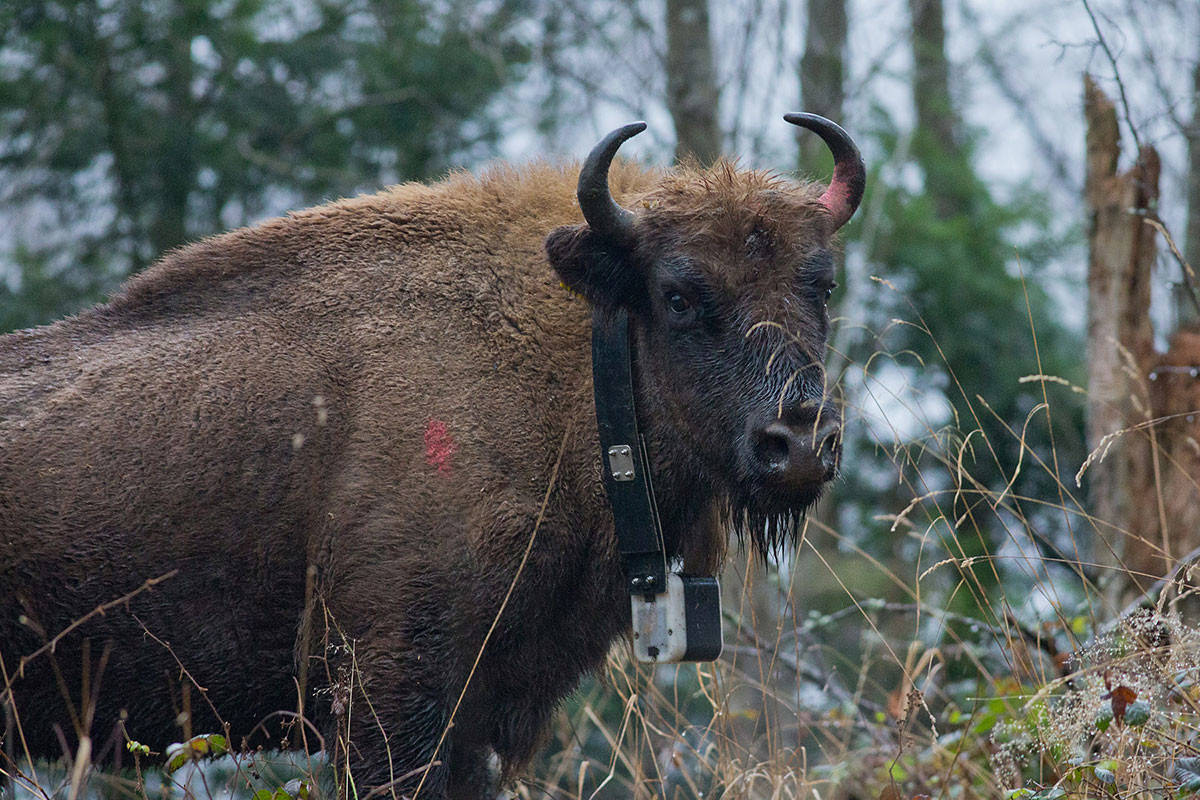| Sumatran rhinoceros |
Environmentalists have recently made physical contact with the critically endangered Sumatran rhinoceros on the Indonesian island of Borneo for the first time in forty years. The animal was caught in a pit trap close to mining operations and plantations in East Kalimantan province, where the World Wide Fund for Nature (WWF) stated it was struggling to survive. The female rhino, believed to be six years old, is in a temporary enclosure and will be later transported to a safer habitat on the island. The contact came after environmentalists found out in 2013 that the rhino was not extinct in Borneo when camera traps captured images of the animals. The capture of this rhino was a combined effort between environment ministry officials, the Rhino Foundation of Indonesia, and the WWF.
| Sumatran rhinoceros being lifted out of a pit trap in Borneo. |
This is truly one of the biggest news for wildlife conservation. Not only that the Sumatran rhinoceros is found to not be extinct on the island of Borneo, but now it has come into physical contact for the first time in four decades. This magnificent species of rhinoceros is one of the smallest of five known species of rhinos in the world and the only Asian rhino with two horns. It is also the only living rhino with long hair and was once found throughout Borneo before its population became decimated by poaching and expansion of mining and plantation operations across the island. The WWF estimates that there are fewer than hundred of these rhinos remaining in the wild. There are only a few ample populations still existing, most of them on the island of Sumatra. This recent discovery of the Sumatran rhinoceros made via physical contact is an indication that the species must be strictly protected by any means necessary. This includes properly controlling mining and plantation operations, making sure that they do not infringe on to their habitat. Furthermore, the population of this rhinoceros, along with its relative the Javan rhinoceros, must be closely monitored as these are amongst the most critically endangered of Asian rhinos. Poaching is another threat that has driven and continues to drive these magnificent animals to the brink of extinction, and should be dealt with seriously. Indonesia is one of the few places in the world famous for its rich biodiversity. That is, new species are being discovered and even those species that were once believed to have become extinct are being rediscovered. The Sumatran rhinoceros is one of them. However, the country's biodiversity is being severely depleted due to extensive human activities and serious action must be taken to prevent any further degradation of its natural treasures.
View article here

